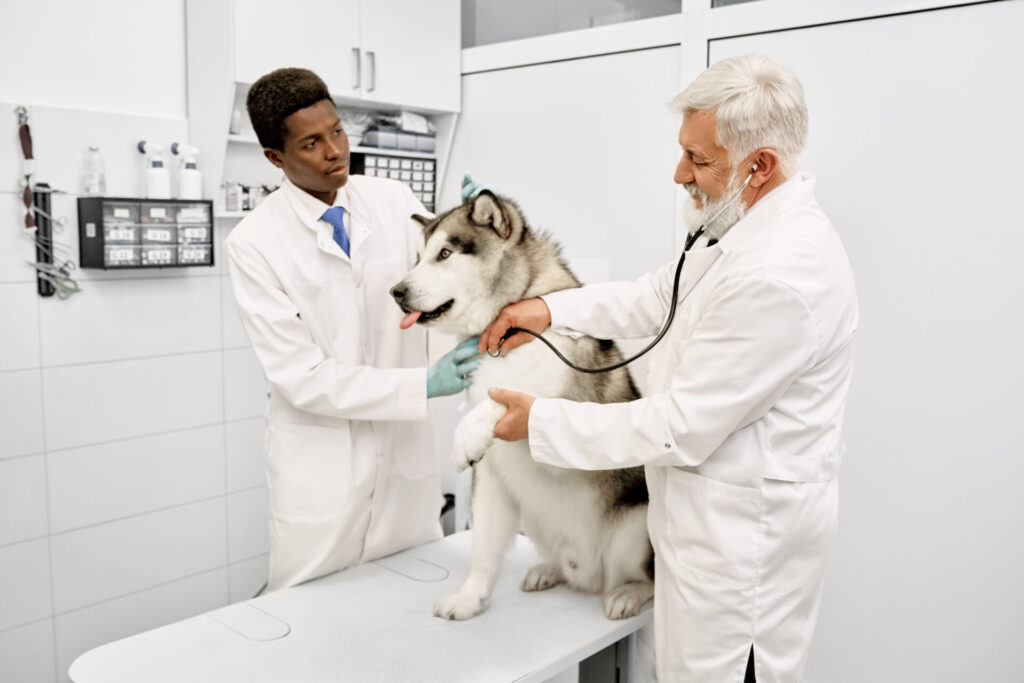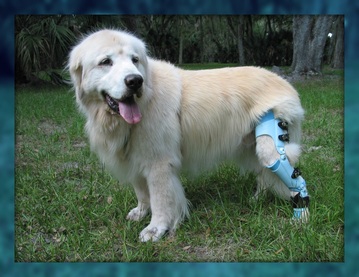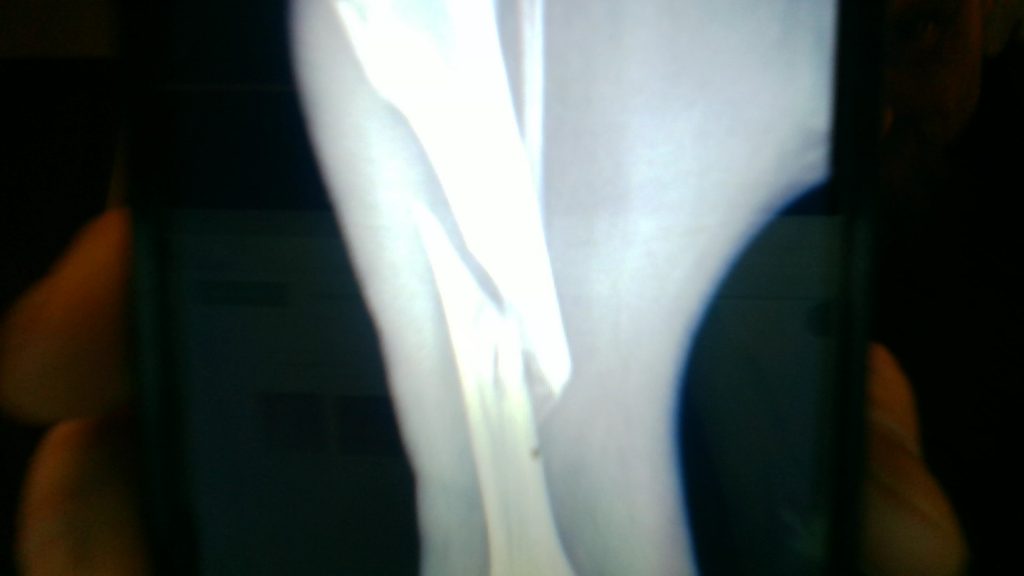Most pet owners have a strong emotional bond to their animal, and it may surprise them that dog knee surgeries account for over 1.3 billion dollars a year in the US alone. So with such a strong fiscal record, is surgery always necessary for partial ACL tears in dogs?
The advice surrounding the best treatment options for a partial ACL tear in dogs is conflicting with many board certified veterinarians recommending surgery even for partial tears. While others may argue that this recommendation is more of a financially driven motivating factor than necessarily the best treatment option for your dog.
Ultimately with partial ACL tears you will be faced with the choice between conservative treatment and surgery. This article will investigate the benefits of each so that ultimately you, the owner, can make the best choice for your pet.
[ad#topbanner]Conservative Treatment For Partial ACL Tears In Dogs: The Pros and Cons
Many professionals will argue that a partial ACL tear in a dog can be effectively treated with conservative treatment (insert link). This avoids the trauma of surgery and will give your dog the opportunity to begin the natural healing process with the help of a few useful tools.
From rest, to knee braces, to physical therapy, conservative treatment for partial ACL tears is often wildly effective, even if somewhat demanding on the owner. Smaller dogs tend to succeed with this type of treatment for partial ACL tears in higher numbers than their larger dog counterparts. This is for a variety of reasons, including the fact that they bear less weight on the knee joints.
According to Dr. Kube of Colorado State University, partial tears of the ACL ligament in dogs is the beginning of a long, uncomfortable pathway to chronic injury in the joint, and that ultimately it is best to operate even with partial ligament tear:
“So, what happens if dogs with early, partial tears go on to not have intervention? Some owners and veterinarians will often note that without intervention, these pets will get somewhat better with rest and that the limping changes from something more constant, to that which is intermittent. In some cases, the ligament injury is still small enough that the patients will seem to have fully recovered, only to “re-injure” themselves with further exercise. Many perceive this as the ligament “re-injuring” itself, however, the more realistic scenario is that the ligament never actually healed, it is just continuing to tear further, causing the patient to exhibit more signs of instability and progression of disease. This is the phase when the early, acute injury has turned into a chronic one and the vicious cycle of degenerative joint disease/osteoarthritis will be far underway. At this point, the patients are now limping because of progressive stifle instability, coupled with degenerative joint disease that is caused from cartilage erosion, meniscal tearing and periarticular fibrosis.” (1)
While some professionals stand strongly by conservative treatment, others will denounce it as an irresponsible approach. Once you take a full inventory of the extent of the tear in your dog’s knee joint ligament, the size of your dog, financial considerations, and how willing you are to be an active participant in conservative treatment, only you the owner will know what is best for you and your dog.
Surgery For Partial ACL Tears In Dogs: Is It Really Necessary?
If you have decided that conservative treatment is not appropriate for your dog’s partial ACL tear then you will need to consider what type of surgery is best for a partial tear.
There are several options for partial ACL tears in dogs and many veterinarians will recommend surgery as the best preventative option so that the initial tear does not evolve into a chronic injury.
As with all medical care be mindful to get a second, third, and fourth opinion before diving into surgery. (insert board certified link).
Particularly, if you have a larger dog breed such as a German Shepherd or a Lab, it may be best to just bite the bullet and get the surgery done as particular breeds are more prone to developing arthritic joints even in their younger years.
[ad#topbanner]To Operate Or Not For Partial ACL Tears In Dogs Is The Question
With many variables at hand, take your time interviewing different veterinarians to understand the extent of the partial tear in your dog’s knee joint, and what the best option for you and your dog will ultimately be.
Keep in mind variables such as age, size, and breed, as well remember that veterinary care is still business. If you feel pushed into surgery before you are ready, consider the fiscal ramifications as well and the enormity of the dog knee surgery industry ($1.3 billion a year in the US alone!).
While the jury is still out on the issue of the best treatment for partial ligament tears in dogs, remember that you, the owner, are the ultimate decision maker for your pets health.
Sources Cited:
- https://vetneuroandpain.com/treatment-early-partial-ccl-tears/
- https://www.veterinarypracticenews.com/conservative-treatment-options-for-partial-and-complete-ccl-tears-in-dogs/


